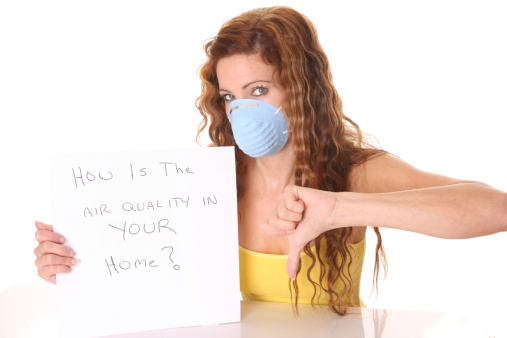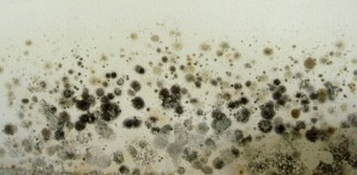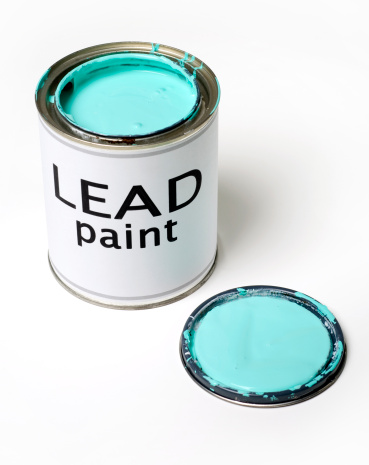Are Health Hazards Lurking in Your Home?
Don’t let common household health hazards put your family at risk—get help from AQHI Inc.

Asbestos
Asbestos is commonly found in homes built prior to the 1970s because it has amazing insulating properties and is fire-retardant. Unfortunately, asbestos also has alarming consequences for human health. When inhaled in large quantities or over an extended period of time, it can cause respiratory problems and even cancer. Asbestos can be found in thousands of household building materials, including popcorn ceilings, roofing felt, shingles, hot water pipe & tank insulation, flooring tile, and drywall joint compounds. In order to determine if this hazard is lurking in your home and keep your family safe, you need to get asbestos testing and asbestos remediation from an expert contractor…
READ MORE →When to Worry About Mold
Few types of mold are toxic, but that doesn’t mean you want them in your home! AQHI Inc. can help.
Mold is a very common indoor air contaminant. Out of the thousands and thousands of types of mold that exist, very few are toxic. Some molds, like penicillin, are actually beneficial. However, having any type of mold growing unchecked in your home or business can be a problem. You should always clean up mold when you find it, but you don’t need to really get worried unless one of these 4 scenarios applies:
The mold covers 3 square feet or more. In general, a small spot of mold is nothing to worry about. You can clean it up yourself, or, to be extra safe, you can throw out the material entirely. But if you have mold covering a very large area, you will need professional help from a mold remediation specialist like AQHI Inc.
The mold is located near your HVAC system. You may be tempted to ignore mold in out of the way areas like basements and attics. But if mold spores get into your HVAC…
READ MORE →Methods for Eliminating Lead Paint Hazards
Find out which of the 4 lead paint abatement methods is right for your property
Lead paint poses serious health risks, especially to young children who are likely to ingest lead paint flakes or dust while playing. If your home was built before 1978, it’s highly likely that it contains lead paint. Though the hazardous paint layer has probably been covered up multiple times with fresh coats of paint over the years, it could still pose a danger to you and your family should it become exposed and damaged. Fortunately, there are 4 different methods for eliminating lead paint hazards and one of them is sure to be suitable for your situation.
 Replacement
Replacement
The first method for lead paint abatement is replacement, which entails replacing the entire painted material. This method is often used to deal with lead-painted windows. Windows are a prime source of lead paint dust because the friction of opening and closing the sash quickly wears through layers of new paint, exposes the lead paint, and creates lead dust. By removing the entire window and replacing it with a new one, you can…
READ MORE →


 Replacement
Replacement










